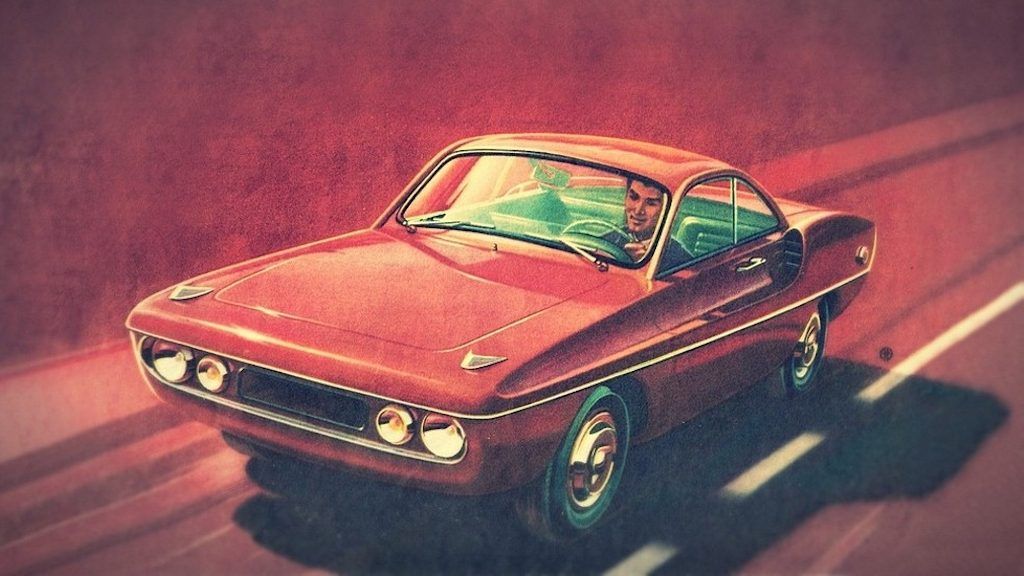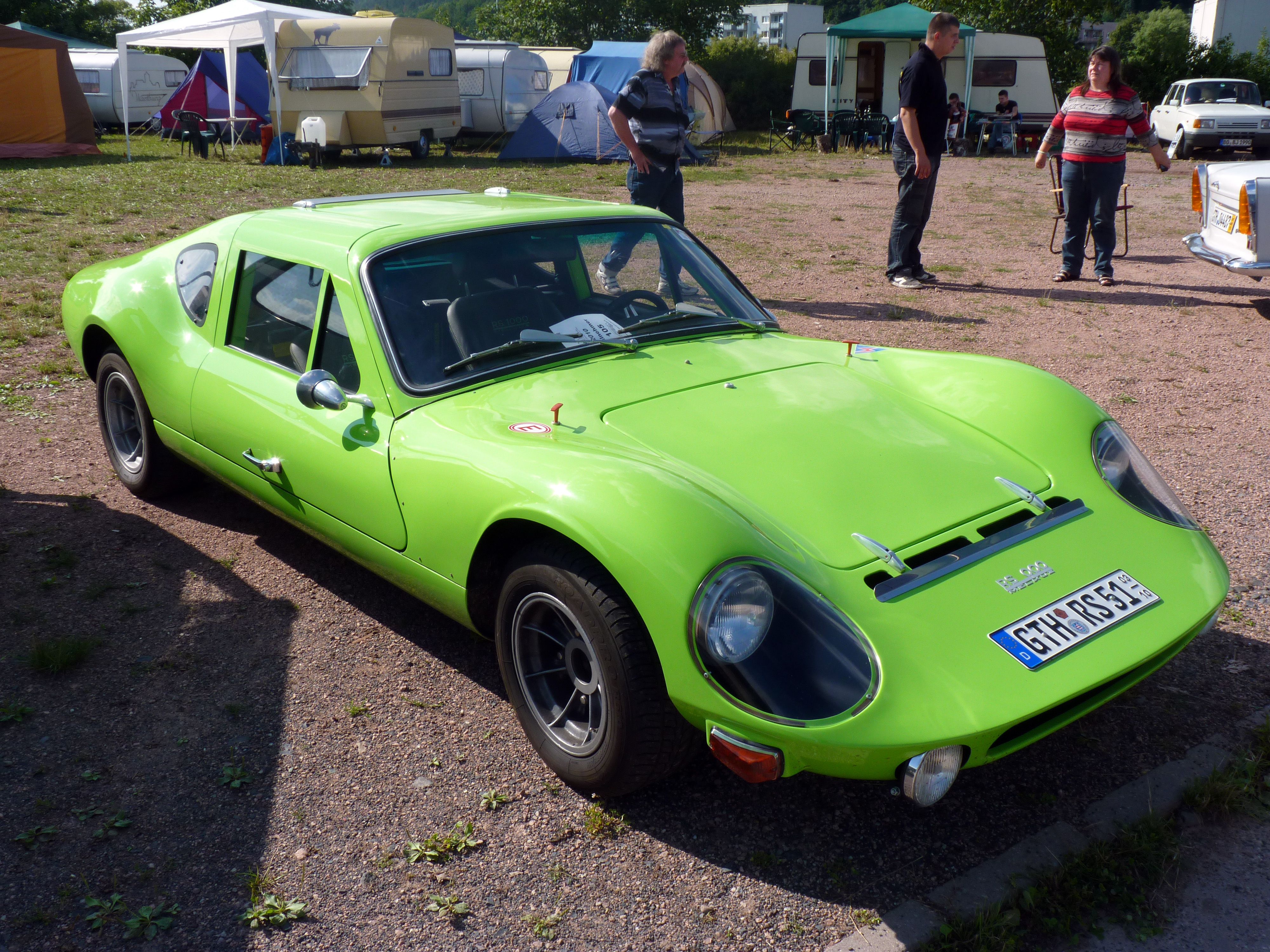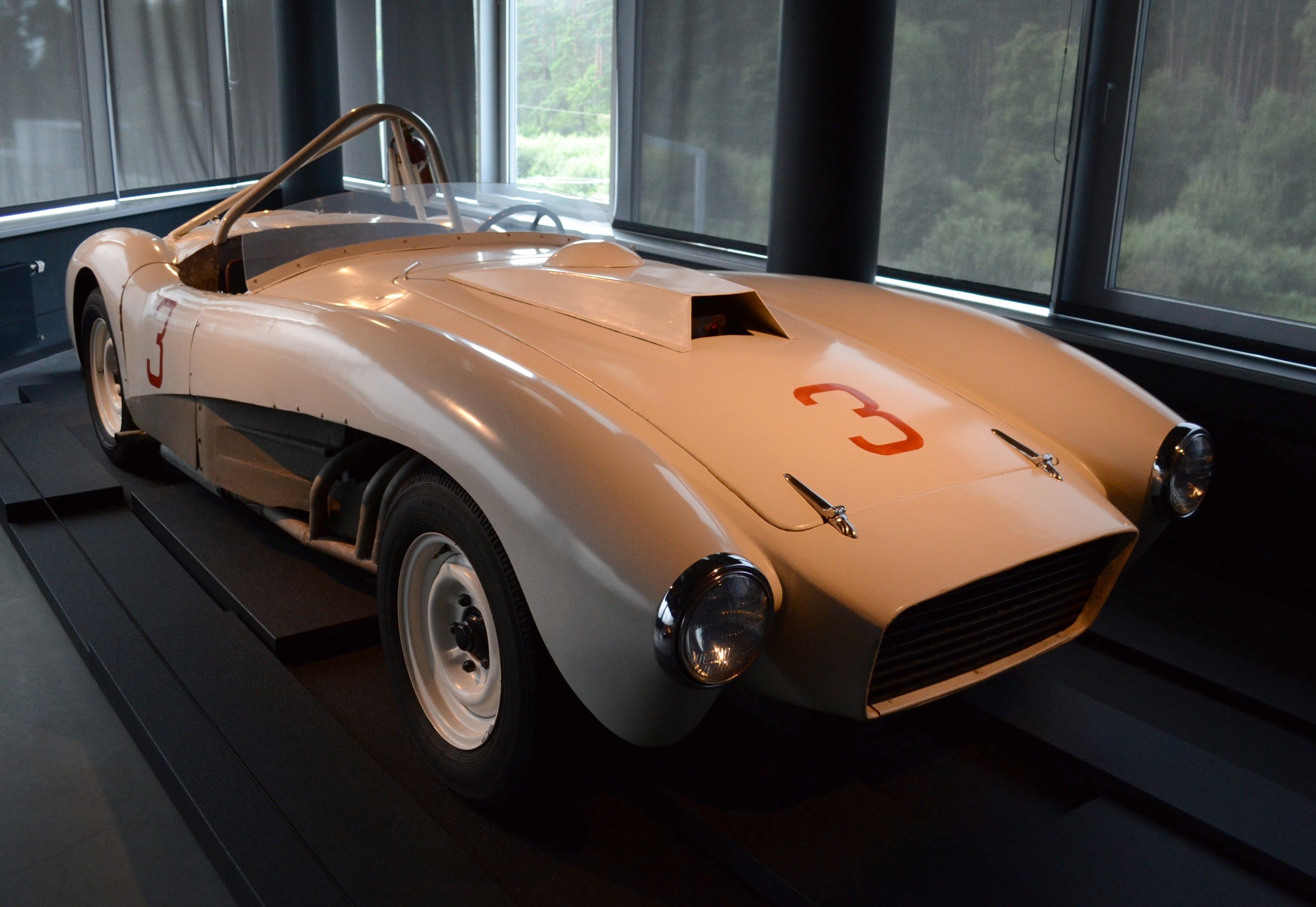Russia is known for many things, but cars are not necessarily at the top of the list. When the Soviet Union is mentioned, AK47s, communism, and the Gulag come to mind for a good reason. Their society was geared more towards utility than innovation, so cars like the Lada and Trabant that got you from A to B were best sellers. They are not necessarily horrible cars but do not have any flair either. However, if you dig through enough coal, a few diamonds are bound to be discovered.
KD SPORT 900
The KD sport 900 was conceived by a number of enthusiasts and artisans in 1963. It was unique with a great design that earned it the nickname of the Soviet Porsche. Structure-wise, it also had all the makings of a fast car, including the 500-kilogram weight and two-seater fibreglass body, though the mechanical bit was a letdown. The KD featured an air-cooled 900 cc engine that produced a maximum of 30 horsepower leading to a top speed of 74 miles per hour. Numbers like that made it one of the very underpowered, and the low budget issues meant only a small-scale production of 6 cars by 1969 before the project was shelved. There are one or two which still survive, though.
Yuna
Like the KD, the Yuna is a small-scale production car produced by Georgi and Stanislav Algebraistov. The exterior had features that resembled the Ferrari Testarossa and the Lotus Esprit. It was made in 1982, so the styling of the time was a significant influence. Interestingly, it is the only custom-built sports car from the Soviet Union period that currently runs today. The performance figures for the Yuna are somewhat ambiguous due to the custom settings, but it did have the engine from a BMW 525i, meaning a 2.5-litre engine rated at an estimated 150 horsepower. The Yuna also had power windows, and the exhaust was upgraded to produce a better sound.
Melkus RS 1000
The Melkus was initially made by Heinz Melkus in 1968 to celebrate the two-decade anniversary of the GDR RS and debuted at the Brussels Motor Show in 1970. The body was composed of polyester resin reinforced with fiberglass, and the base models only weighed 680 kilograms. Despite the weight advantage, the 1-liter, three-cylinder engine only managed 68 horsepower, which meant a top speed of 102 miles per hour. It did feel quite fast, though with a loudness of 90dB. However, the body was prone to crosswind and common flick oversteer. It also had no airbags or ABS. That being said, it was beautiful to look at.
FSO Syrena Sports
The FSO Syrena Sport was a Polish concept car developed during the late 50s by Cezary Narwot, a mechanical engineer and constructor. When he designed this model, Nawrot got his inspiration from western cars. It is probably why the car had a few design similarities to the Mercedes 190 SL and the Corvette. He opted for an air-cooled 700 cc, flat-twin S16 engine producing an estimated 35 horsepower. The Syrena was quite good in the corners despite the lacklustre performance due to the independent rear suspension. From the time that it debuted in 1960, it became a sensation. In fact, there was a newspaper outlet in Italy that dubbed it the most beautiful car from behind the Iron Curtain.
Stratopolonez
In 1977, the Polish Prime Minister’s son, Andrzej Jaroszewicz, participated in the Malboro Arctic Rally in a Lancia Stratos and crashed it into a tree. The body was in tatters, but the chassis, engine, and other significant parts were salvaged. Rather than let it go to waste, the car was refashioned into what became the Stratopolonez. Considering Jaroszewicz was the then head of FSO research and development, his position was convenient as it led to the development of Delta Integrale styled sports car. The same Dino sourced 2.4-litre V-6 engine delivered 260 horsepower and was linked to a five-speed manual gearbox. It accelerated to 60 miles per hour in five seconds and had a top speed of 143 miles per hour. The Stratopolonez was used in rallying circuits until 1985, before it was retired. No others were ever made, probably because no one bothered to crash and redesign a Lancia Stratos.
ZIL-112 Sports
The ZIL-112 was one of the few models from the eastern bloc that competed in races between 1961 and 1969. It had features resembling the Shelby Cobra, aerodynamics, and apparent light body construction allowed for great trackability. Power was derived from two options. One was a 6.0-litre V-8 producing 230 horsepower, while the other was a 7.0-litre V-8 rated at 270 horsepower. Depending on the engine used, the top speed was between 160 and 170 miles per hour. Following land speed record attempts and participation at the domestic USSR Championship races, the Party Committee at ZiL concluded that the model was diverting engineering resources from the flagships of the soviet industry. There was no place in the republic for a car as extravagant as the 112, and only two were ever produced.
Laura
Like the previous entries, the Laura was also a project model courtesy of Dmitry Parfenov and Gennady Hainov. The two enthusiasts wanted to create a sports car that had nothing in common with what the Soviet bloc was producing at the time, hence the Laura. It had a few similar styling attributes to the American GMC DeLorean though the front was decidedly European. Apparently, it was built almost entirely without factory parts, and even the engine was designed and hand-built by the two enthusiasts. Not many technical details are currently available, though concerning the Laura. Scarce mentions place its top speed at 106 miles per hour, and only two were ever made. It was highly praised by the Secretary-General of the Communist Party, Mikhail Gorbachev though, and displayed in numerous international exhibitions.





